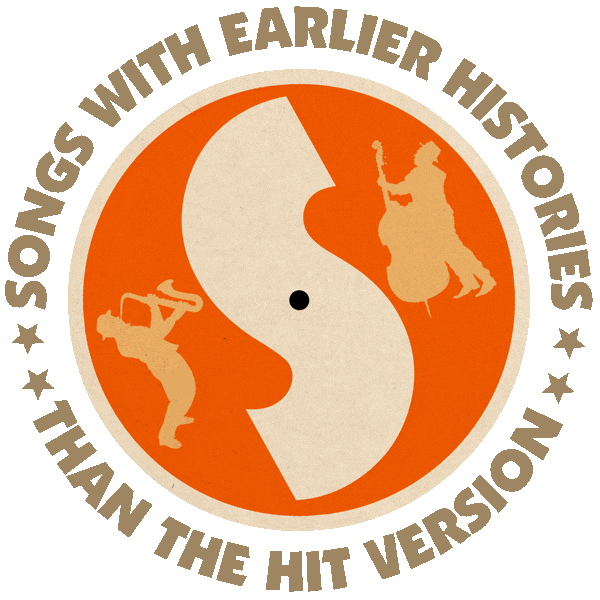First recorded by Sam Lanin & His Roseland Orchestra (1924).
Hit versions by Isham Jones (US #1 1924), Dick Haymes & Helen Forrest with Victor Young & His Orchestra (US #4 1944).
Also recorded by Harry Connick Jr. (1989).
From the wiki: “‘It Had to Be You’ was written by Isham Jones, with lyrics by Gus Kahn. Jones and Kahn wrote the tune in 1924, shortly after Jones’ wife bought him a baby grand piano for his 30th birthday and he stayed up all night noodling around until he came up with a few melodies, one of them being ‘It Had To Be You.’ Composer Johnny Mercer, no slouch himself at writing lyrics (‘Blues in the Night‘, ‘Jeepers Creepers‘, ‘Satin Doll’), has called ‘It Had to Be You’ the ‘greatest popular song ever written.’
“The first recording of the song occurred on March 20, 1924 and was produced by Sam Lanin & His Roseland Orchestra. Jones’ own recording, produced on April 24, 1924, became a #1 hit later that year. The song charted again in 1944, recorded by Dick Haymes and Helen Forrest with the Victor Young orchestra.

